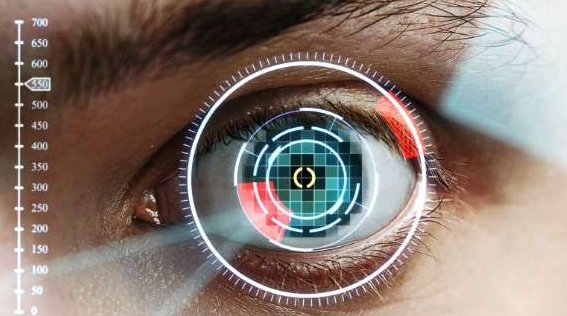Personal Digital Identity
Biometrics for building access
In a world where online banking, social media, e-commerce and other online services are a constant part of daily life, a verified digital identity is an important validation of one’s official existence. In 2016, an estimated 1.5 billion people globally could not access routine banking services because of the inability to prove their identity with […]
